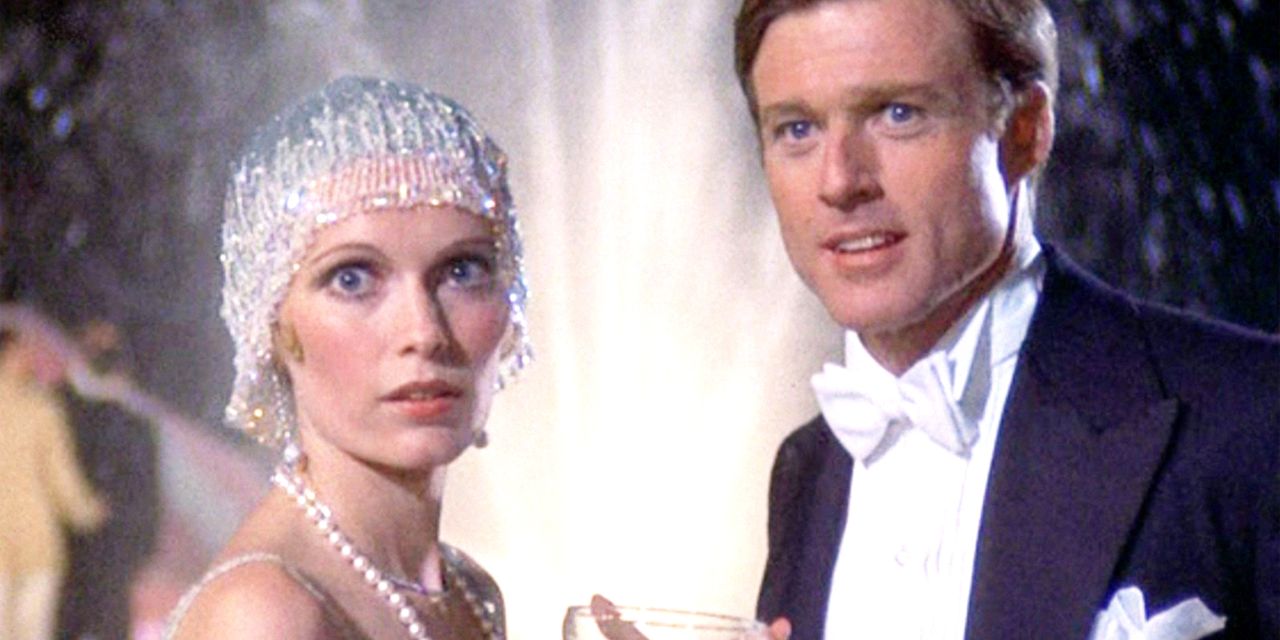Legend has it that Ernest Hemingway and F. Scott Fitzgerald disagreed about the rich.
Fitzgerald, who had stars in his eyes, supposedly said, “The rich are different from the rest of us.”
“Yes,” replied Hemingway, who didn’t. “They have more money.”
That exchange may not actually have taken place, at least not in person. The story may simply be based on things the two said and wrote separately.
But either way: Who was right?
Well, there’s new research out that says: Maybe a bit of both.
When it comes to their investment portfolios and their retirement plans and estates, the rich really may be different from the rest of us. And I don’t mean simply that they have more money.
Five economists from Harvard, Princeton and the University of Chicago analyzed detailed monthly portfolio data from Addepar, a wealth-management platform used by investment advisers. This gave them information on up to 139,000 household portfolios totaling up to $1.8 trillion in assets. In other words, a decent-size sample.
They looked at what those investors did, by month, from January 2016 to August 2021. Although that time span was less than six years in total, it included plenty of excitement, including the turmoil around the 2016 presidential election, the sharp market fall of late 2018, the COVID crash of March 2020 and two hefty booms.
Most important, though, the economists were able to group the portfolios by size. The sample included nearly 1,000 “ultrahigh-net-worth” households with more than $100 million in assets each.
And they found something very interesting — and important.
While ordinary investors tend to buy when the market is already up and sell when the market is down, those whom the researchers dubbed the UHNW don’t.
“We estimate how the flow to liquid risky assets responds to aggregate stock returns across the wealth distribution,” the researchers wrote. “Quite strikingly, we find that the sensitivity declines sharply in wealth. In fact, the flow of households with assets over $100 million are essentially insensitive to stock returns.”
In other words, “while less wealthy households act pro-cyclically, UHNW households buy equities during downturns.” (Pro-cyclically means buying after the market is up and selling when it is down.)
Indeed, UHNW households are so countercyclical that they help stabilize markets during downturns. They are the ones buying when others are selling.
This, inevitably, leads us back to the old, old paradox: The rich get richer.
Meanwhile, we already know that ordinary mom and pop investors get into and out of the market at the wrong times. They sell after the market has slumped and buy when it has already rallied.
Why does this matter?
It’s something to bear in mind if you are thinking of selling the stock funds in your 401(k) now that the market has already fallen by a fifth.
It’s also something to bear in mind the next time the market is booming and you are tempted to dive in head first.
Rich people, it seems, tend to decide in advance what their balance between “safe” and “risky” assets is, and they try to keep it the same all the time, rebalancing one way when things are booming and the other way when they are crashing.
It also raises an interesting question about the current market. Some market commentators have said that we won’t hit the market lows until private investors have bailed. They cite, for example, private-client data from BofA Securities.
Maybe they are right. But how much of that is the rich and how much is everybody else?
For example, check out the latest data from the Investment Company Institute, the trade body for the mutual-fund industry. It’s a very good proxy for the behavior of individual investors, at least everyone with a 401(k), IRA or something similar.
According to the ICI, individual investors were bailing on the stock market throughout 2020 (when, of course, they should have been buying). Then they were buying for most of 2021 (when, of course, they should have been selling, especially near the end).
This year? They have been bailing since April. Net selling was brisk during the third quarter.
None of this, naturally, proves that the market has bottomed or is near a bottom or anything like it. Any market veteran will tell you that a market bottom can only be seen in the rearview mirror — and usually it’s a long way back.
And the rich do not possess a magical crystal ball. John D. Rockefeller, back then the richest man in the world, famously bought the market after the initial Wall Street crash of 1929. “There is nothing in the business situation to warrant the destruction of values that has taken place on the exchanges during the past week,” he said publicly. “My son and I have for some days been purchasing sound common stocks.”
It worked out in the end, of course. But he was, alas, early by about three years. The market would fall another 80% before hitting bottom. (To be fair, he couldn’t have foreseen that the Federal Reserve, the U.S. Treasury and the U.S. Congress would respond to the crash with insane policies that led to the worst depression in history.)
Nonetheless, next time you’re tempted to panic about the market, you might want to ask yourself: “What would a really, really rich person do?”



